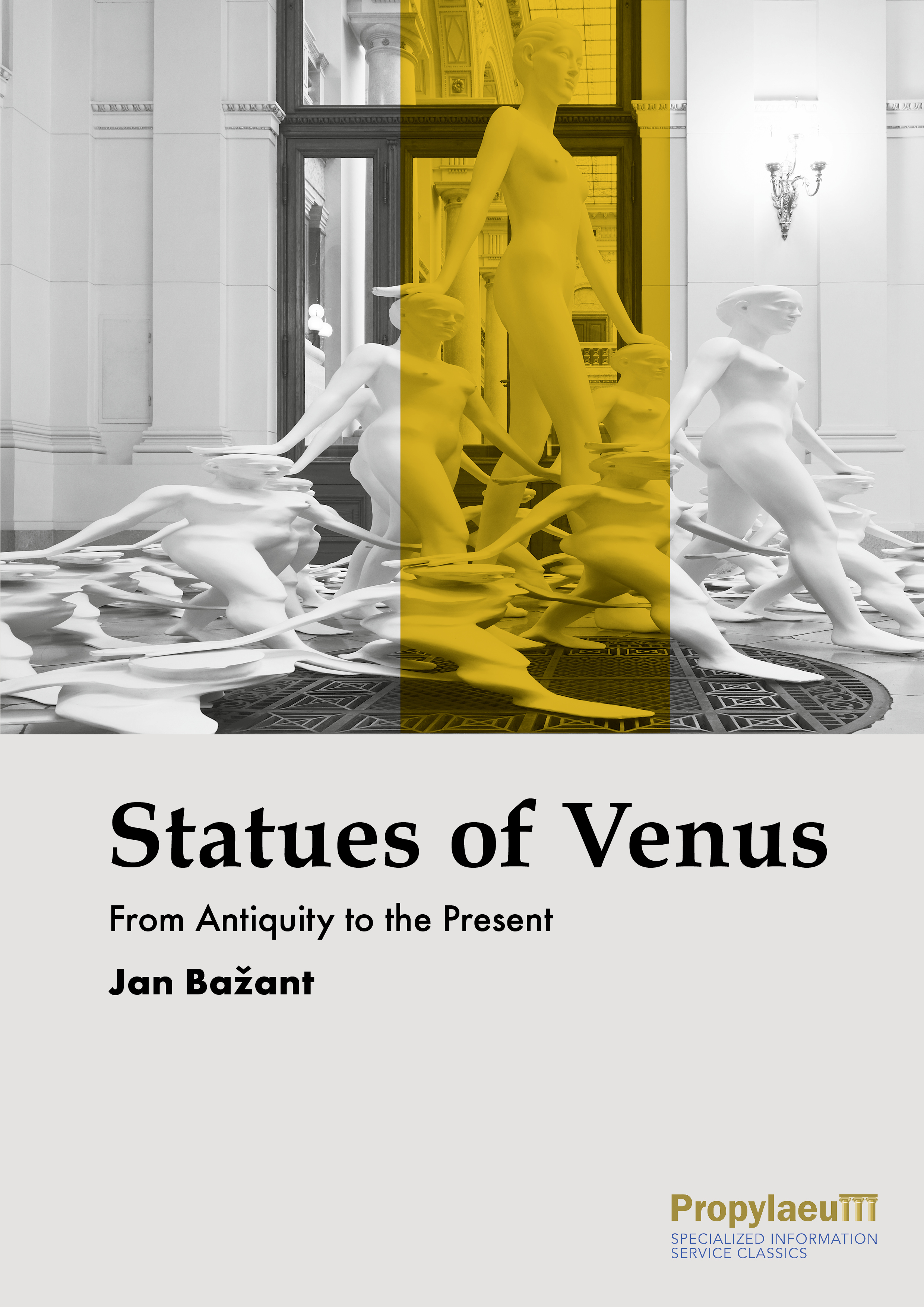
How to Cite
License

This work is licensed under a Creative Commons Attribution-ShareAlike 4.0 International License.
Published
Downloads
Statues of Venus
From Antiquity to the Present
The goal of this book has been to explore the statues of Venus. Over the centuries, they have come closer to or farther away from what real women look like. From antiquity until the 21st century, sculptors have oscillated between the ideal (and therefore insipid) beauty characterizing the goddess and the seductive shapes of the body of a living woman, which for various reasons could never fully prevail. In antiquity, this was prevented by the fact that the statue depicted a goddess; in post-ancient Europe, it was primarily due to the taboo of depicting female nudity. Venus could have been depicted as a naked woman with all the racy details, but the viewer would hardly take such a depiction seriously. The artist could have eliminated attractive references to the female body from her portrayal, but how would the viewer be expected to believe that she represents Venus, the mother of Amor?






